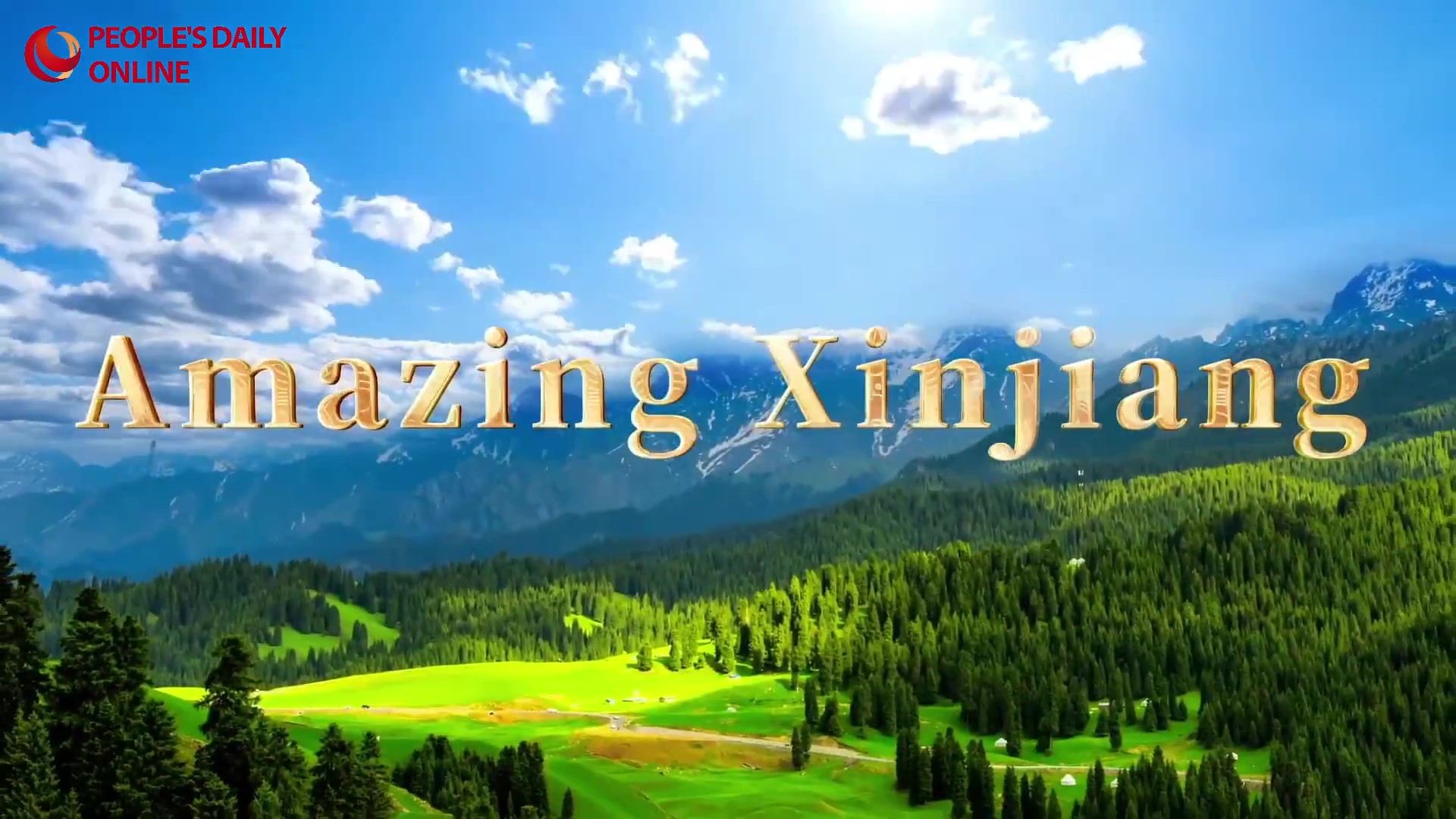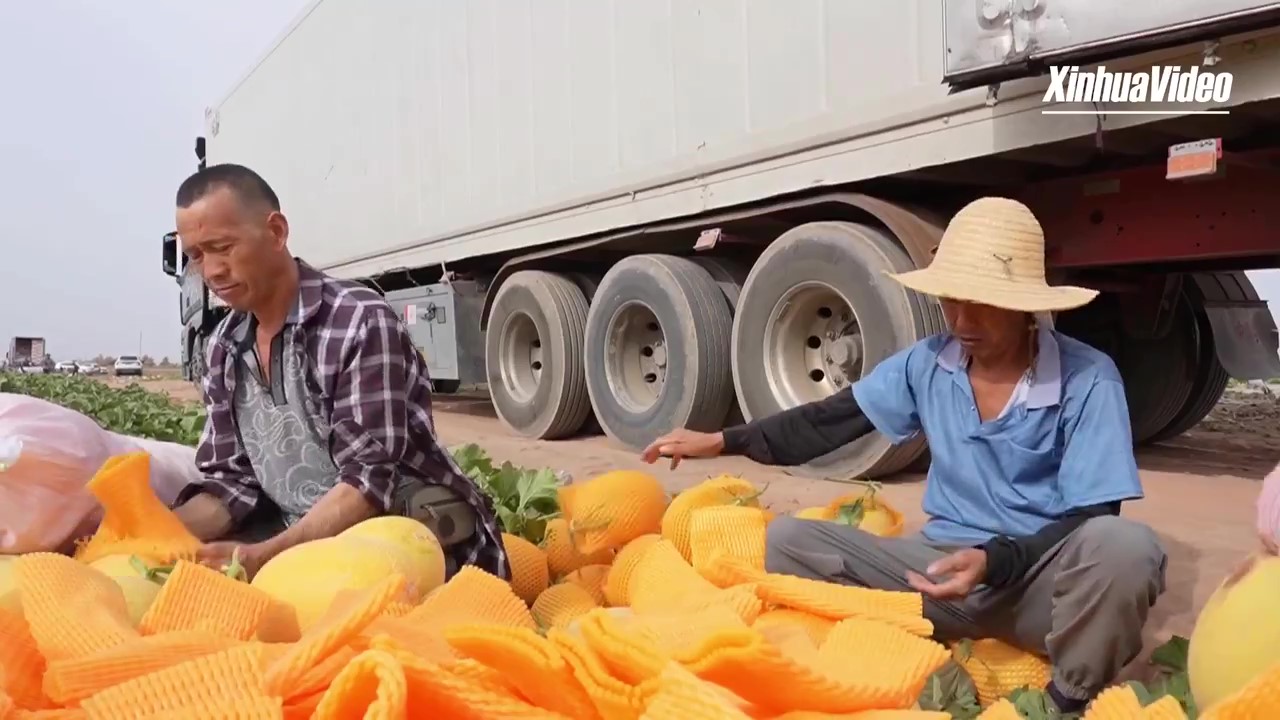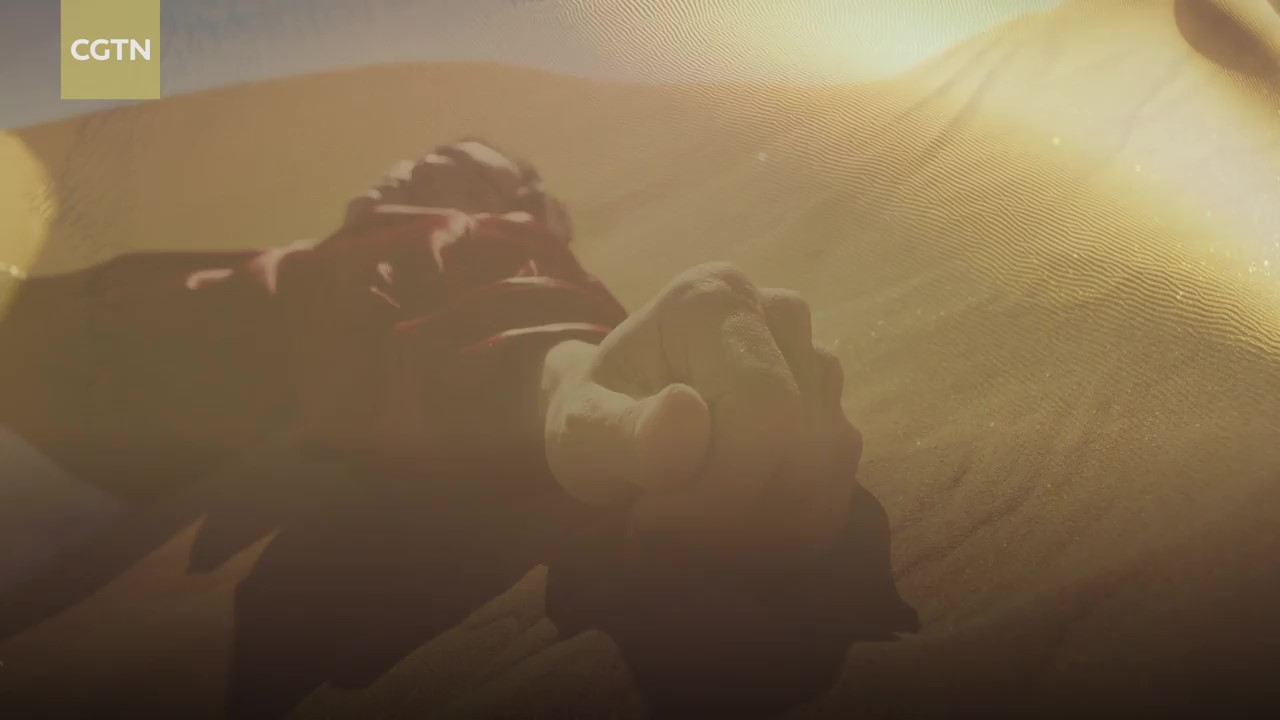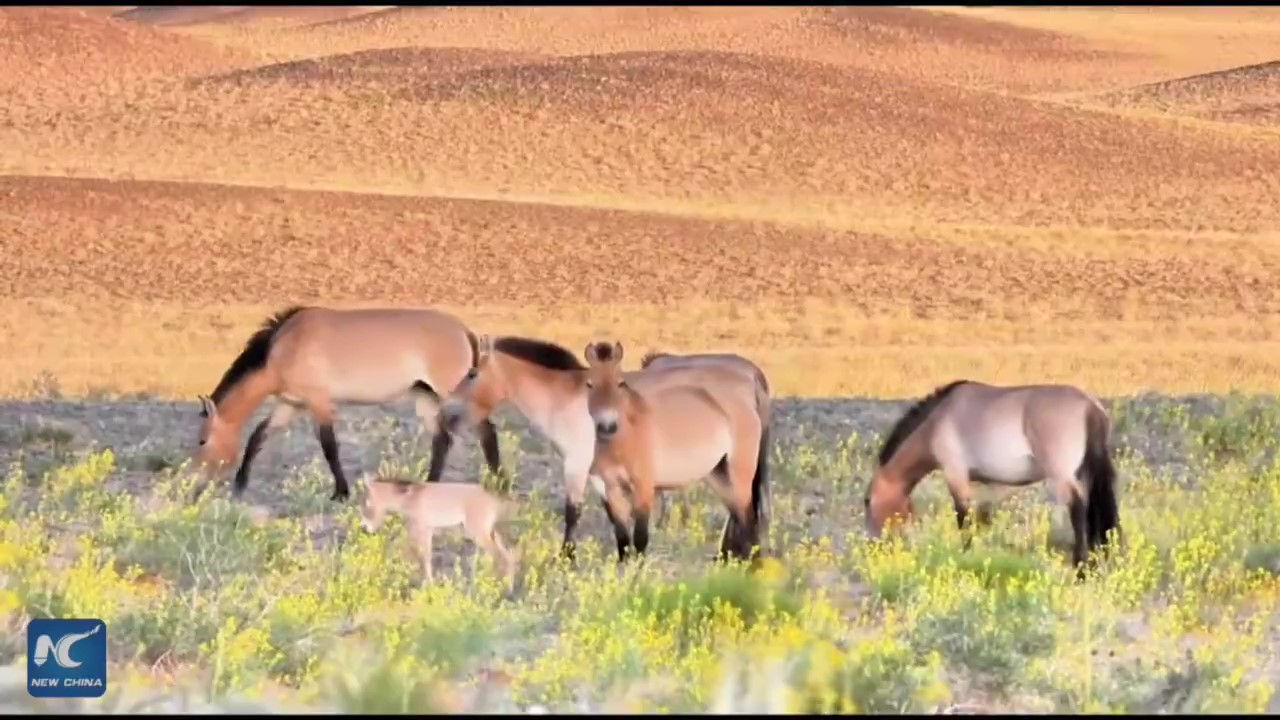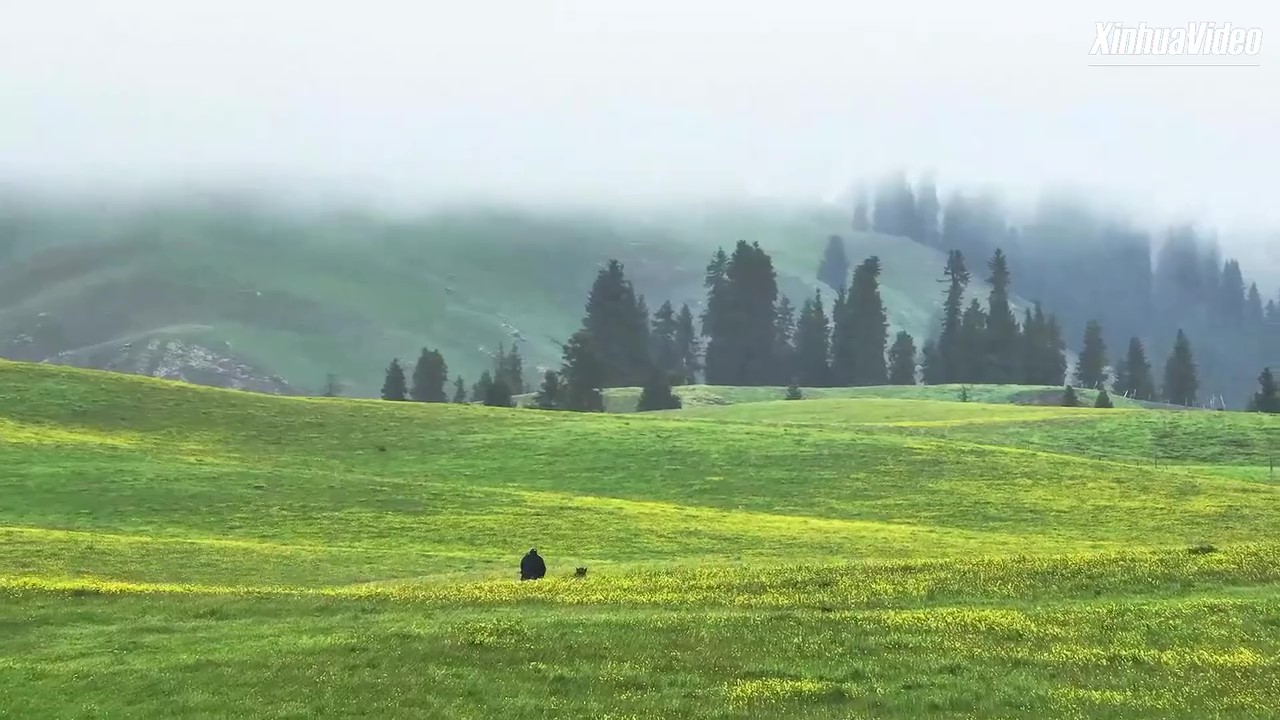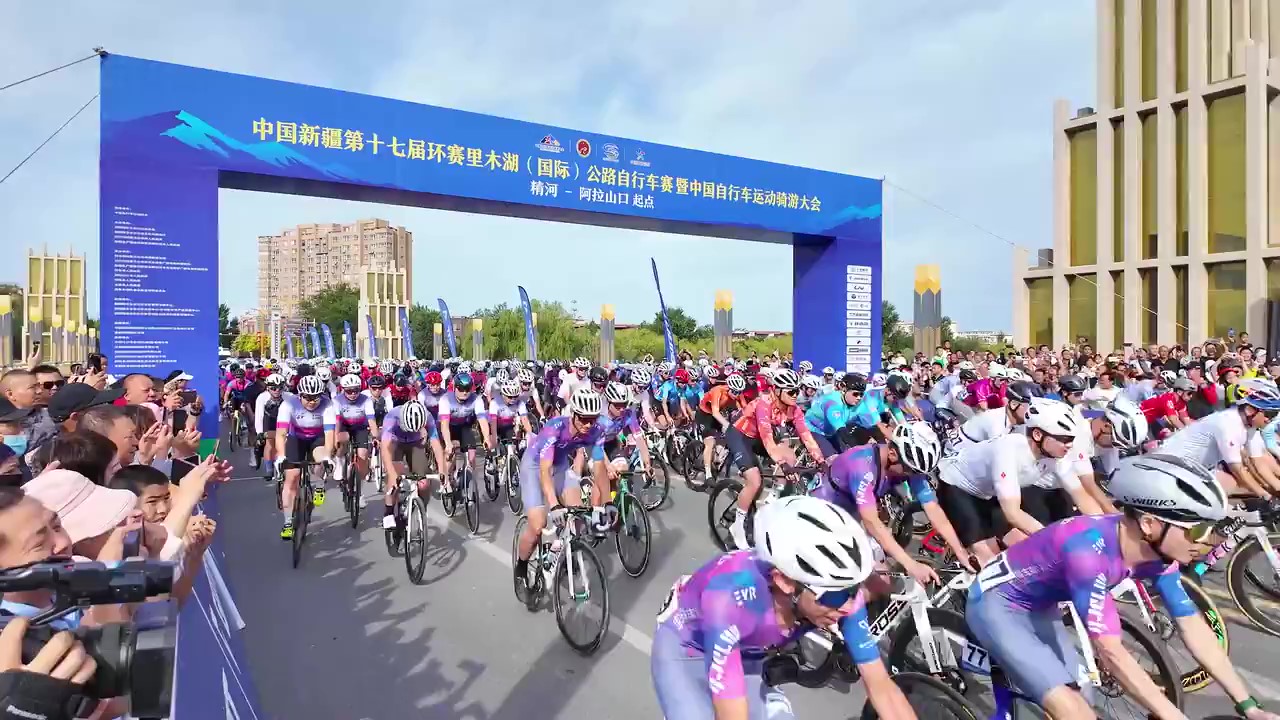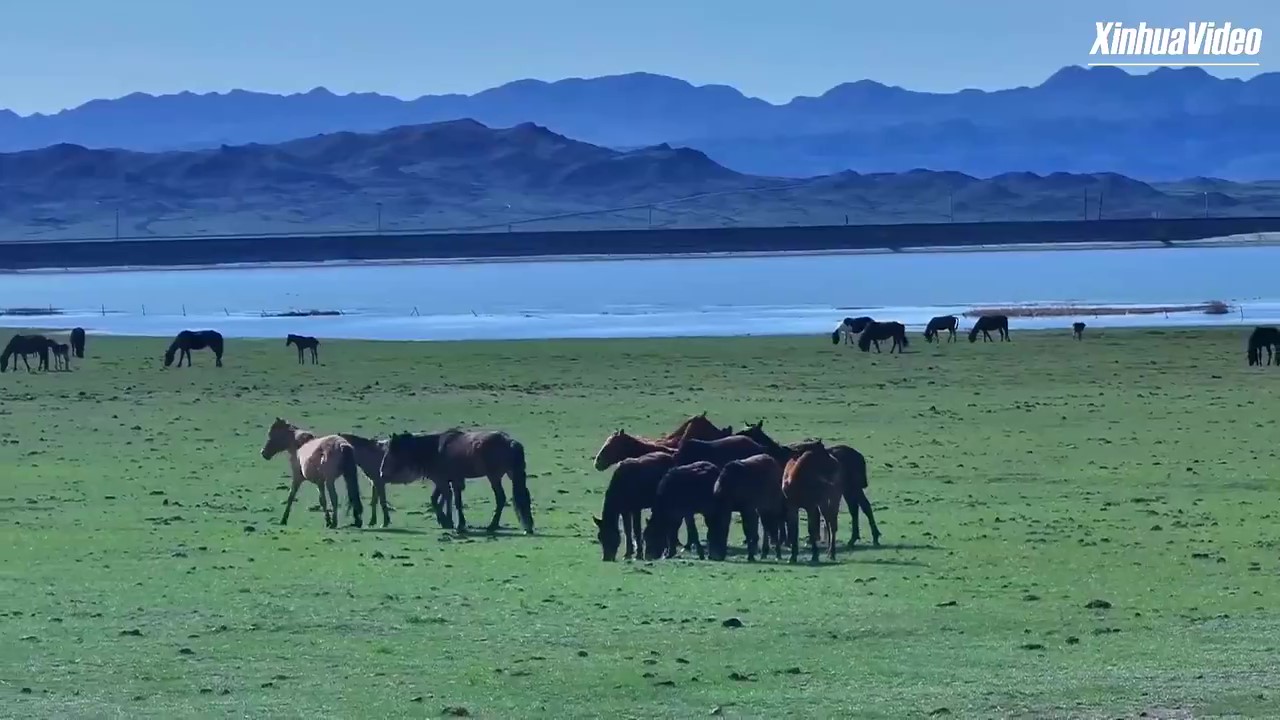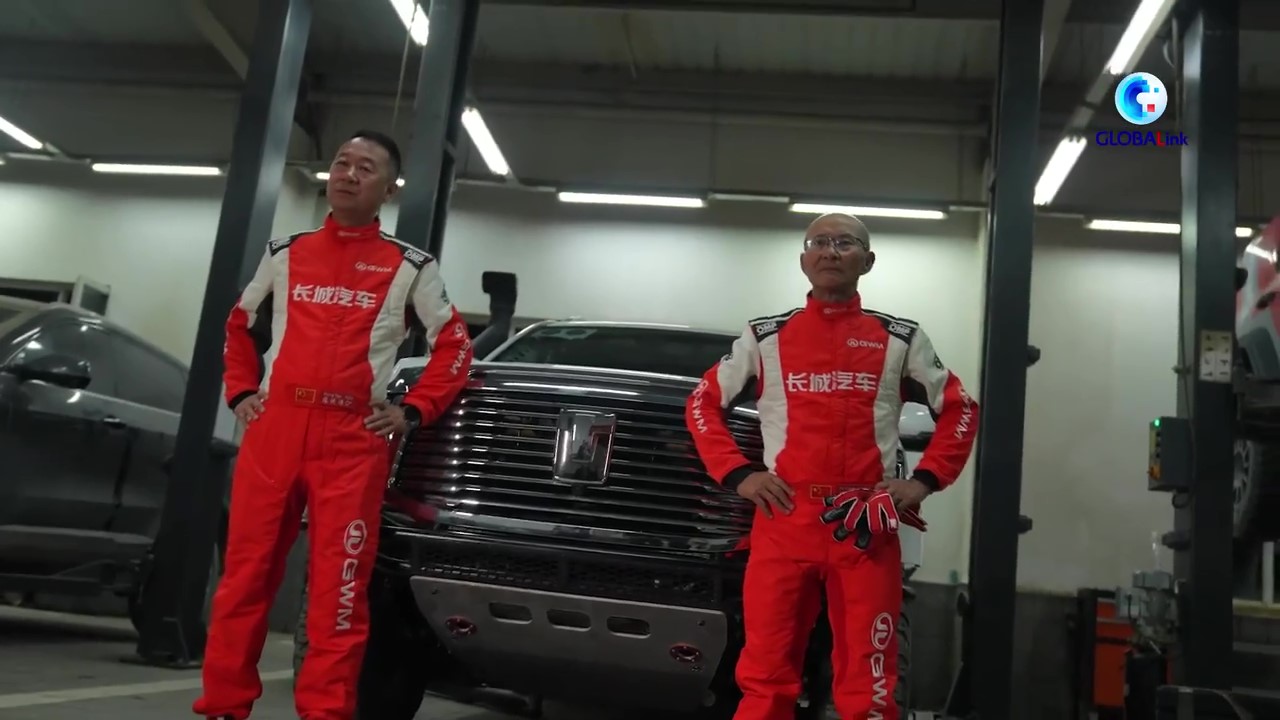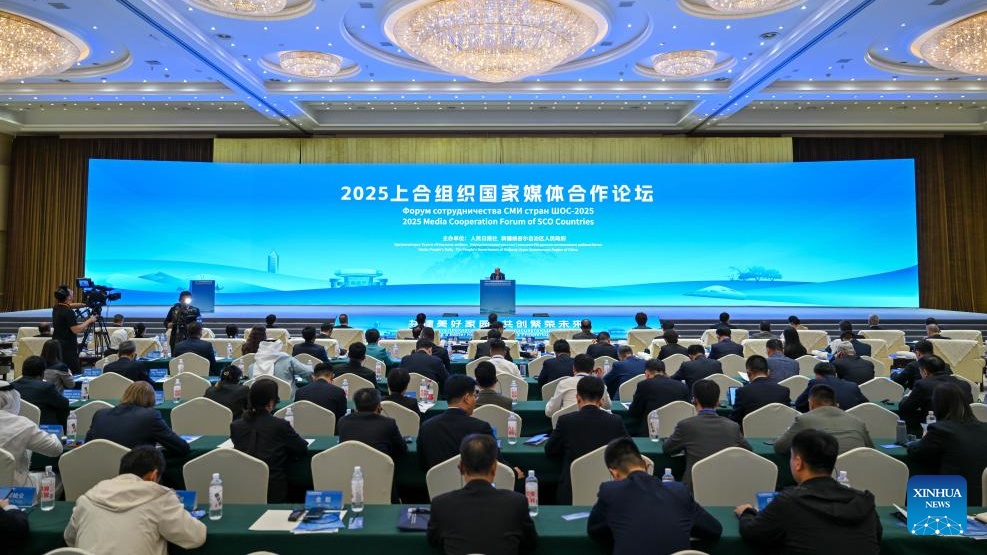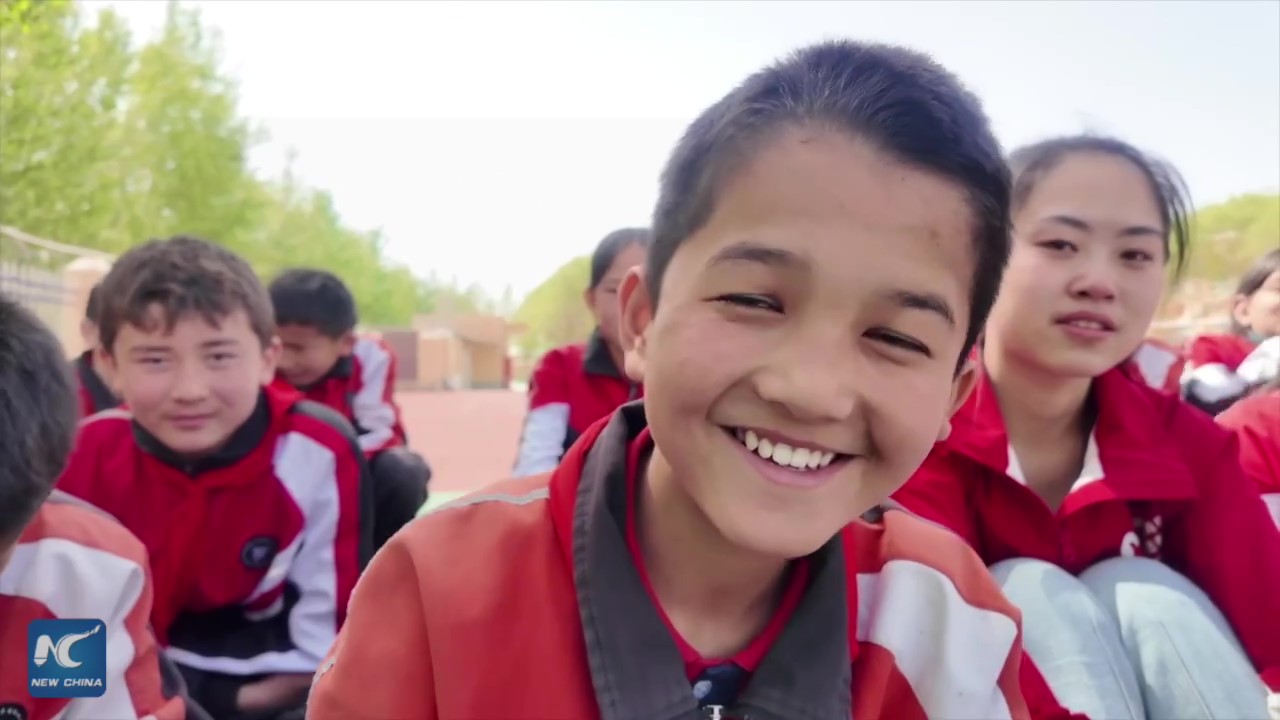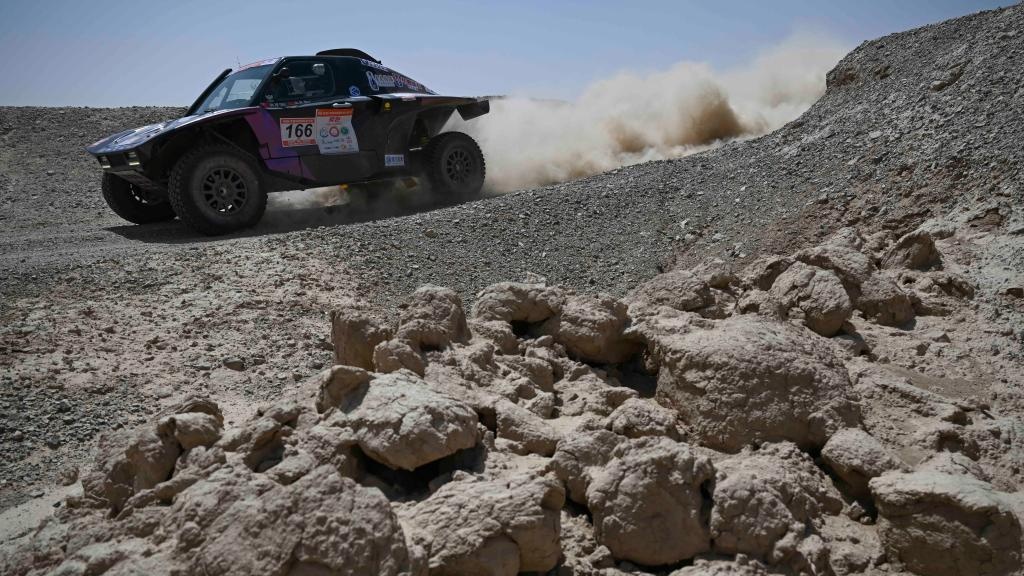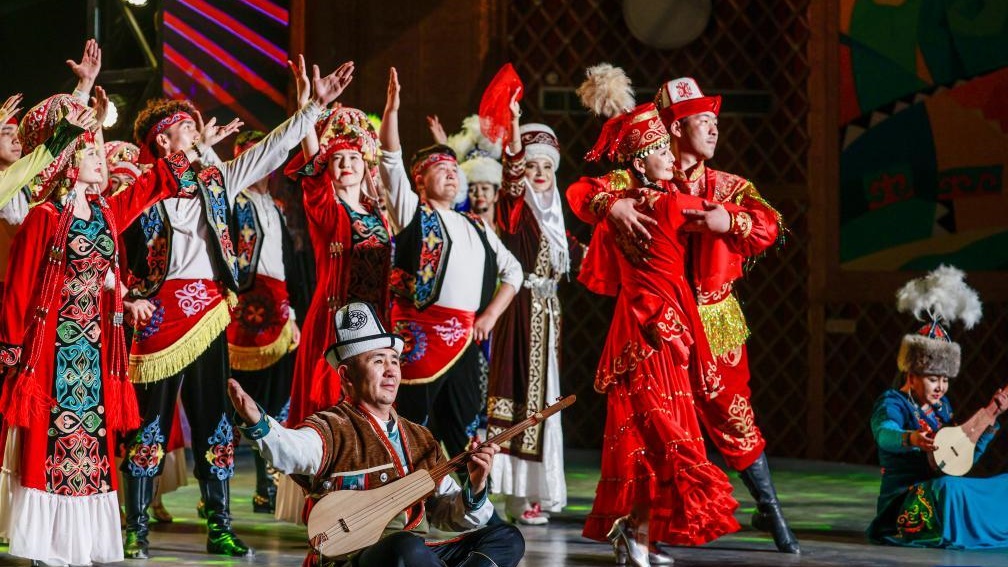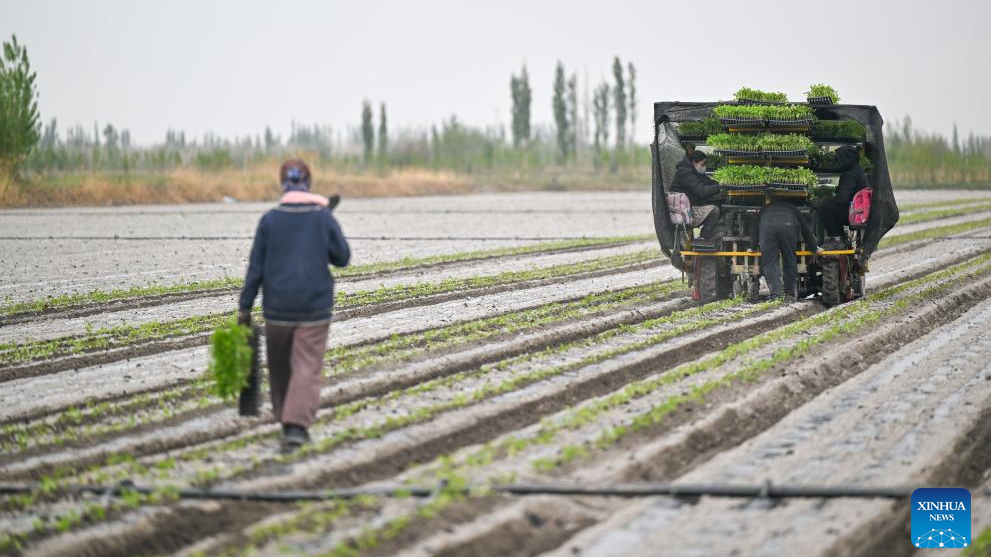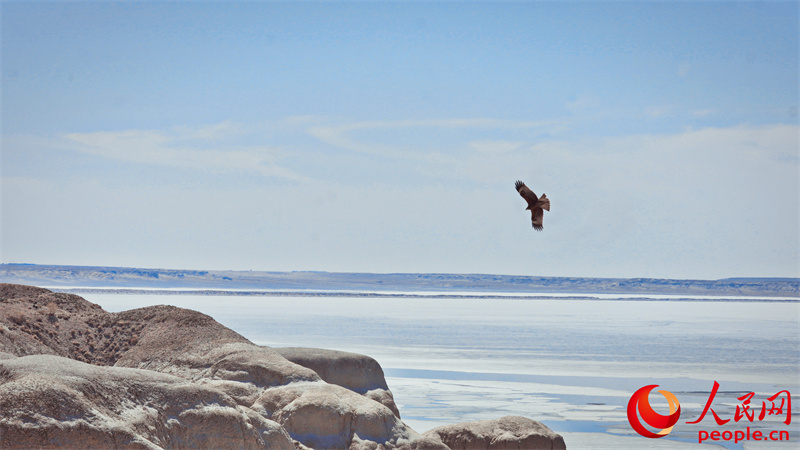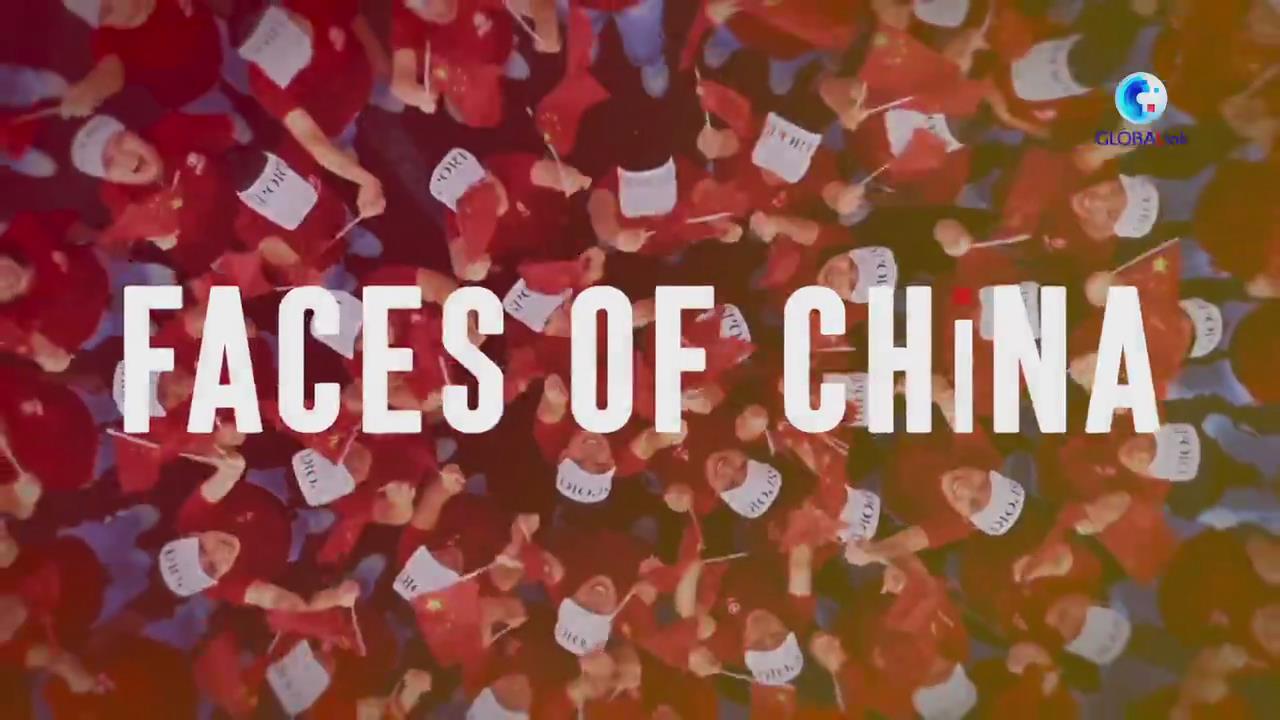Among the foreign visitors at the Turpan Museum in northwest China's Xinjiang Uygur Autonomous Region, Moriyasu Chikazawa listened attentively while frequently capturing photos of the exhibits.
"My knowledge of Turpan was a small desert town with many vineyards. But I saw a city with many beautiful residence buildings and photovoltaic industry here," said Chikazawa, managing director of International Department at Kyodo News, during his first visit to Xinjiang.
"Before this visit, information about Xinjiang was quite limited for me, and I used to imagine the region as mostly deserts and mountains. I never expected it to be so vast, or that Urumqi would be such a modern and beautiful city," he added.
Over the past few days, Chikazawa explored Urumqi, the region's capital, and experienced its vibrant culture. He was particularly struck by the warm welcome he received from restaurant greeters and the delicious grilled lamb skewers at the Xinjiang International Grand Bazaar.
Chikazawa is one of the over 500 participants of the 6th World Media Summit, representing 208 mainstream media outlets, government agencies and international organizations from 106 countries and regions. After the opening ceremony and plenary conference held on Monday in Urumqi, participants embarked on tours across Xinjiang on Tuesday to experience firsthand its diversity, inclusiveness and hospitality.
Chikazawa, along with other global media professionals, joined the tour in Turpan, a pivotal city within the core area of the Silk Road Economic Belt.
Besides its renowned grape industry, Turpan is home to the ruins of Jiaohe and Gaochang, ancient cities that once thrived as important stops on the Silk Road.
Mary Schiavo, an aviation analyst for an international media outlet, was impressed by Xinjiang's vast area and thriving industries. "My first impression of Xinjiang is its vibrancy. It's highly significant for the summit being held in Xinjiang. By coming here, seeing Xinjiang yourself is really enlightening."
Serik Korzhumbayev, editor-in-chief of Delovoy Kazakhstan Newspaper, highlighted the role of the China (Xinjiang) Pilot Free Trade Zone, which was established in 2023.
The zone, comprising three iconic areas in Urumqi, Kashgar and Horgos, together with the region's integrated bonded areas, have become important engines driving Xinjiang's foreign trade.
"There are more and more enterprises from Kazakhstan coming to invest in Xinjiang. Some of them are from new energy vehicles sector as Chinese new energy cars are very popular in Kazakhstan now," Korzhumbayev said.
At the summit's opening ceremony, Erkin Tuniyaz, chairman of the regional government, said Xinjiang is a prime destination for investment and a hub of opening up, and the region will continue to open up wider to the outside world.
From January to August, Xinjiang's import and export volume increased by 30.9 percent to 285.32 billion yuan (about 40.28 billion U.S. dollars), according to Tuniyaz.
U.S. scholar Mark Levine, a professor at Minzu University of China, recalled his trip to Kashgar last year, where he observed children from various ethnic groups attending local schools and speaking different ethnic languages. He also visited families whose homes had been destroyed by natural disasters, learning that they had received subsidies to build new houses.
"I've lived in China for 19 years, and such experiences still impress me," said Levine.
"As an expert in ethnic minority studies, I have students from Xinjiang, including Kazak, Uygur, Mongolian and Han. They live and interact together in harmony, while their cultures and languages are well-preserved. All of these things come together to make China as a single country," he added.

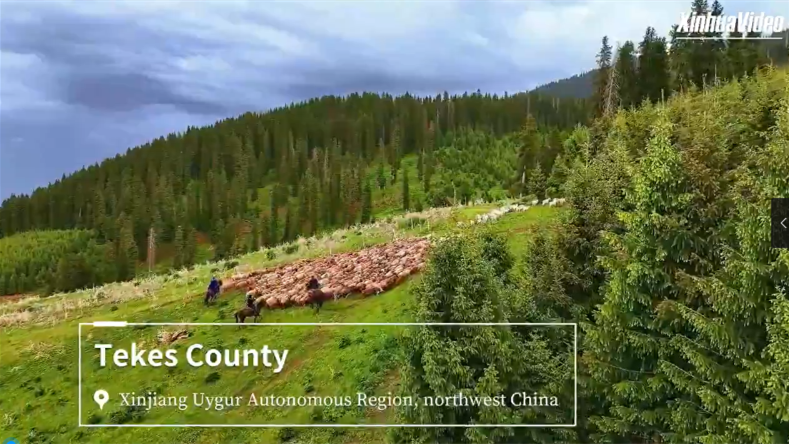
.png)
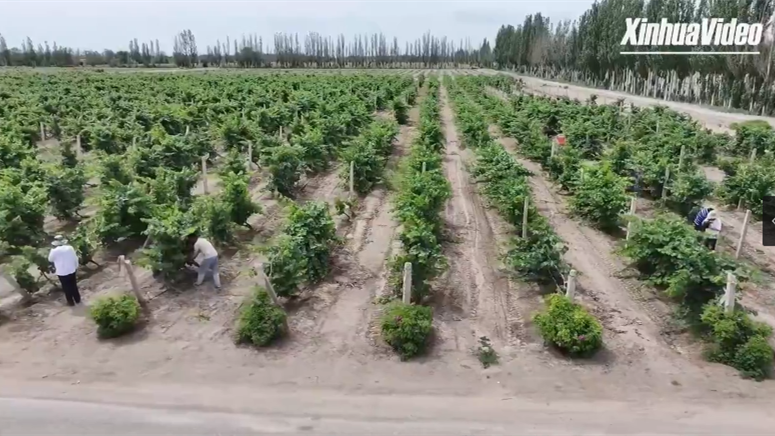
.png)

.png)



